The True Story and History of Pocahontas
Many people have seen the famous Disney movie about a Native American princess and the good-looking blonde man from America. Well, here’s a bit of heartbreaking news; the famous movie, called Pocahontas, isn’t historically accurate. In fact, there is very little in the movie that is true.
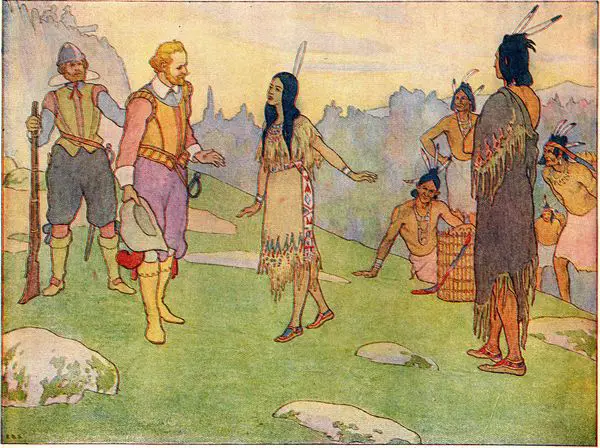
What was Pocahontas’s Real Name?
To begin Pocahontas’s real story, it is only logical to start with the first thing about her: her name. The American Indian Princess’s name wasn’t Pocahontas; it was a nickname meaning “playful one,” because of her bubbly personality. She was given this nickname because her people and her father all feared that upon learning her real name, Amonute, which means “little brave warrior,” the English settlers of Jamestown would try to bring the beloved young princess harm.

What really happened between Captain John Smith and Pocahontas?
Captain John Smith was first introduced to Pocahontas’s story in a battle of taking prisoners between the Powhatan tribe and the people of Jamestown. John was taken prisoner by the chief of the tribe and Pocahontas’s father, Powhatan. After learning that John was an important person in Jamestown, Powhatan ordered for his execution, but there is no record of the execution happening as John was in stories that happened after the execution was supposed to take place.

Source: Wikimedia Comons
How did Pocahontas save John Smith?
In the movie, Pocahontas saves John Smith and tells her father it’s because she loves him. In reality, it is only a theory that Pocahontas did in fact save the well-known captain. However, it is confirmed that after this alleged event took place, the chief of the tribe, Powhatan, told Smith that he could be a part of the tribe in exchange for, “two great guns and a grindstone.” Once this deal was in effect, John Smith was released to go back to Jamestown. Soon thereafter, Powhatan sent food to the starving people of Jamestown.

Powhatan Clan and Jamestown
Despite the act of kindness from Powhatan and his people, the settlers of Jamestown continued to take members of the Powhatan tribe as prisoners. Pocahontas was a part of this prisoner war as well. On at least one occasion, Pocahontas traveled to Jamestown in order to negotiate terms of release for her people. After several years, Pocahontas turned 14 years old, which meant she was of marriageable age. According to the Jamestown records, Pocahontas married a man named Kocoum, who was described as a private captain, which leads modern historical experts to believe that he may have had control over a small group of men. Historical experts also believe that Pocahontas may have married for love, not political gain, because her husband was not of high rank like she was.
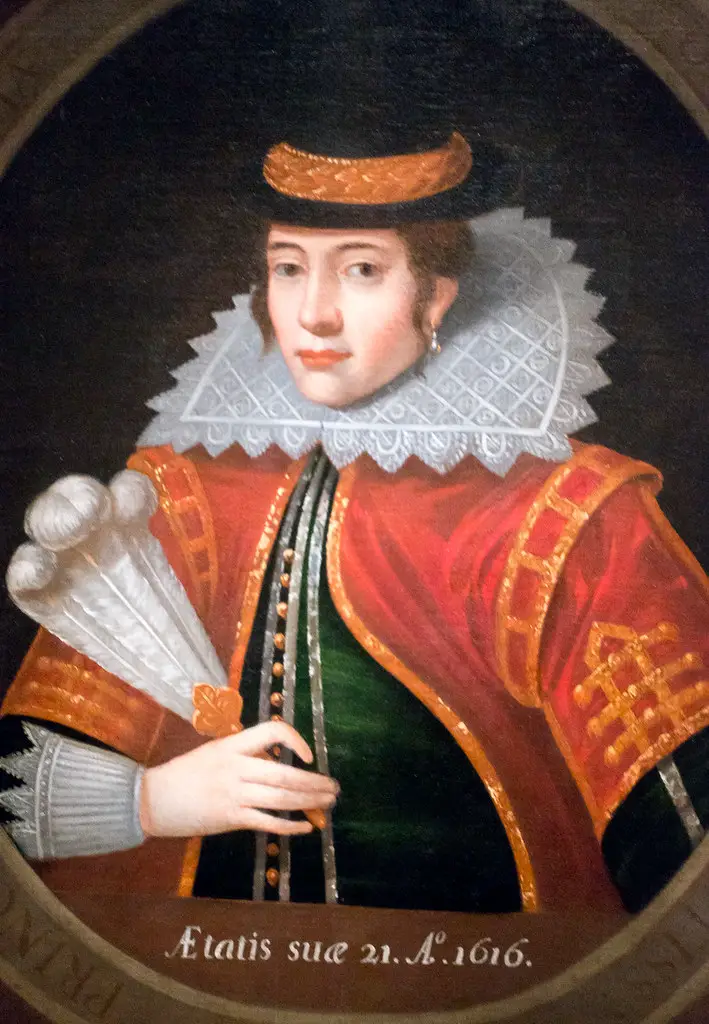
For several years after her marriage, Pocahontas was not mentioned in Jamestown records. However, that all changed in 1613 when Captain Samuel Argall learned that she was living among her husband’s tribe instead of her own, where she could be protected by one or two of her father’s bodyguards. Argall knew that things between Jamestown and the Powhatan Indians were still very strained, so he came up with a plan.
Captain Samuel Argall and Pocahontas
Argall made a deal with a man named Iopassus, who was the brother to the chief of the Patawomeck Indians, the tribe of Pocahontas’s husband. They lured Pocahontas onto a Jamestown ship, and Iopassus left the ship with several trinkets that he earned in exchange for Pocahontas. She was then taken back to Jamestown where she learned the English language, customs, and religion. While learning all of these things, she met John Rolfe, and they fell in love quickly, according to Jamestown records.

Pocahontas’s Christian Baptism
Pocahontas was baptized Christian under the name “Rebecca” and married John Rolfe a few months later. This led to a peace between the Powhatan Indians and Jamestown called “the Peace of Pocahontas”. The Rolfes soon had a son, whom they named Thomas.
Pocahontas’s Later Life and Death
Once learning about Pocahontas’s situation, The Virginia Company of London, who paid for the settlement of Jamestown, decided that Pocahontas, a Native American, being converted to a Christian English woman could help advertise Jamestown. Pocahontas and the Rolfe family were then brought to England, where they toured for many months. When they were ready to return to Virginia, however, Pocahontas became seriously ill. Pocahontas died of an unspecified disease on March 21, 1617.

Source: Wikimedia Commons
Works Cited:
- NPS History Culture: Pocahantas https://www.nps.gov/jame/learn/historyculture/pocahontas-her-life-and-legend.htm
2. Smithsonian Magazine. https://www.smithsonianmag.com/history/true-story-pocahontas-180962649/
3. Pocahontas Time. https://time.com/5548379/pocahontas-real-meaning/
© Copyright 2020 Moosmosis – All rights reserved
All rights reserved. This essay or any portion thereof
may not be reproduced or used in any manner whatsoever
without the express written permission of the publisher.

Please Like our Facebook page to support! 🙂
Categories: History, Social Studies




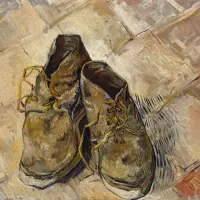

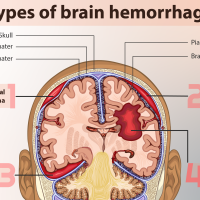

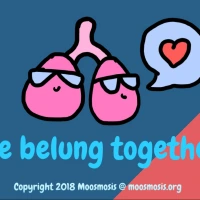


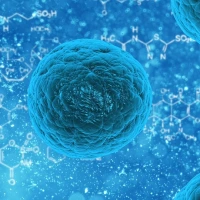


Great article! 🙂 It reminds me of the Disney Pocahontas movie that I watched
LikeLiked by 1 person
Interesting history lesson on Pocahontas!
LikeLiked by 1 person
Great facts!
LikeLiked by 2 people
What an interesting and well written article!
LikeLiked by 1 person
What an interesting and well written article!
LikeLiked by 1 person
Learned a lot from this article. Very informative!
LikeLiked by 1 person
Great article. Very well written and enjoyable to read!
LikeLiked by 1 person
Very well done! This was very informative!
LikeLike
Very informative article. Thanks for setting history straight.
LikeLiked by 1 person
Thank you Geri! Glad you enjoyed the informative article. Hope you and your family stay safe and healthy!
LikeLiked by 1 person
Thank you for sharing!
LikeLike
Wow! thank you for sharing the real story of Pocahontas. I’ve been interested in the truth behind this since following the wonderful TV series Jamestown which takes on a timeline after the Pocahontas period. I just recently started following Moosmosis and I find your site purpose very inspiring. Great job!
LikeLiked by 1 person
Aw, thank you so much Iserenedip! Your kind words make our day. We’re so glad you enjoyed the true story of Pocahontas! Wishing you and your family good health and safety! 🙂
LikeLike
Wow learnt something new today.
LikeLike
Such an interesting and informative article on Pocahontas.
LikeLike
Great and informative
LikeLike